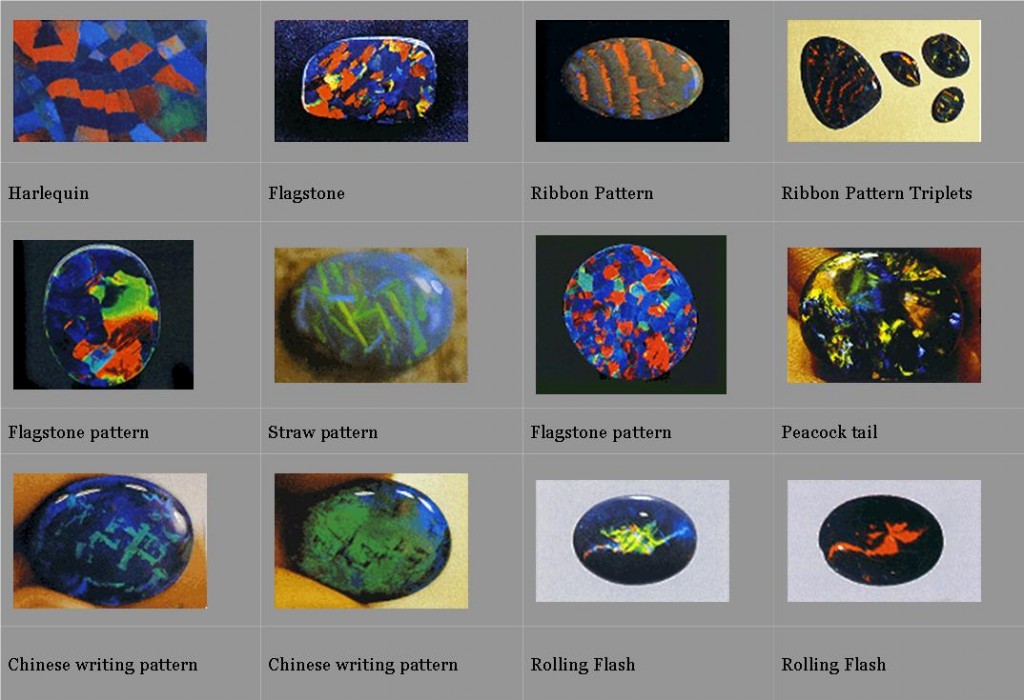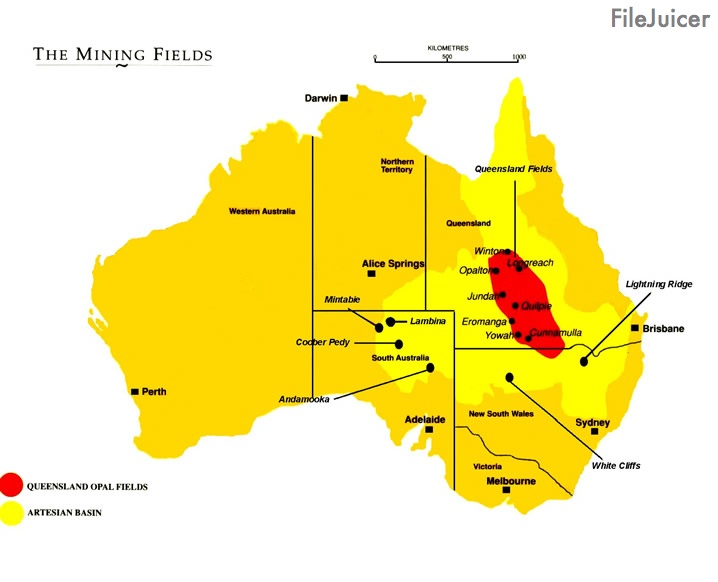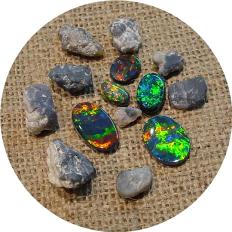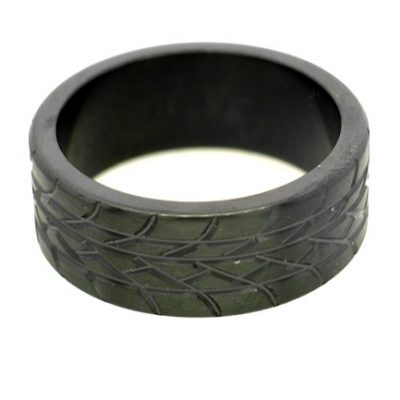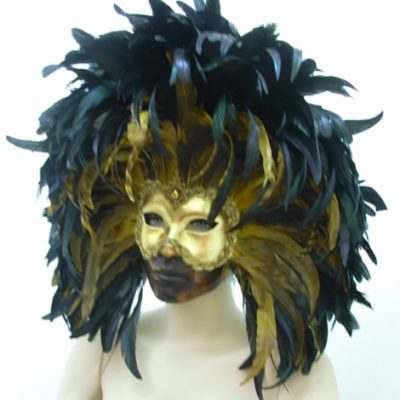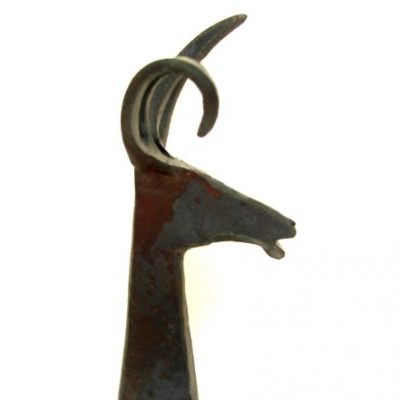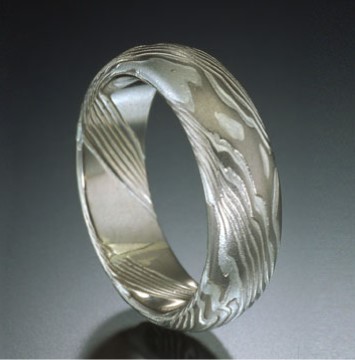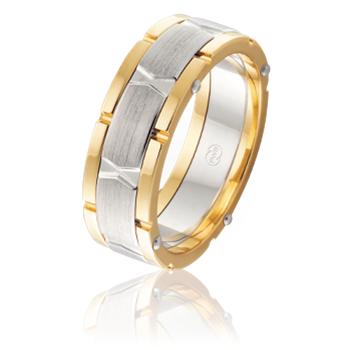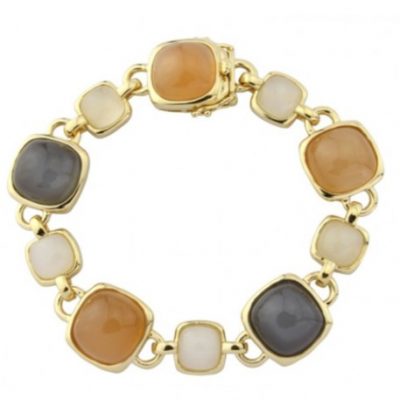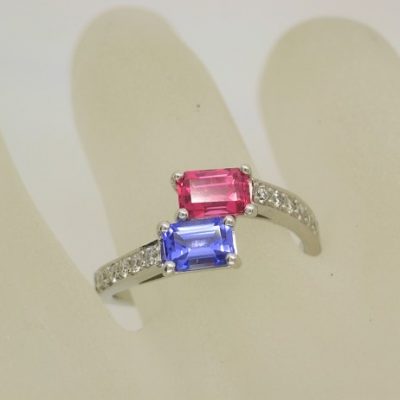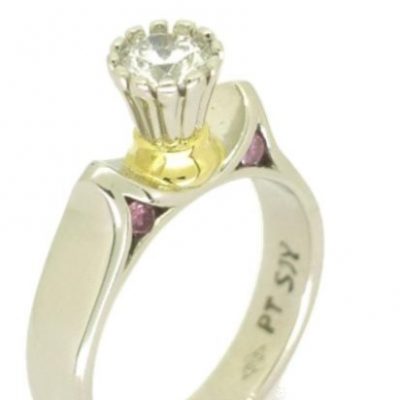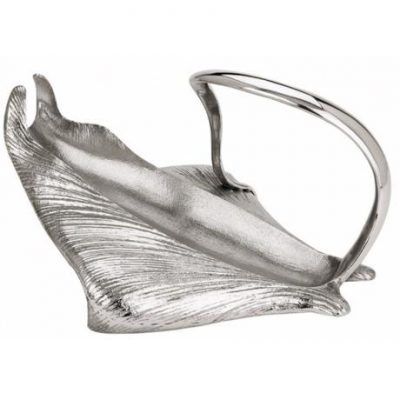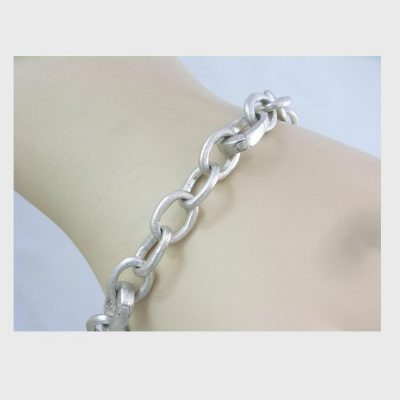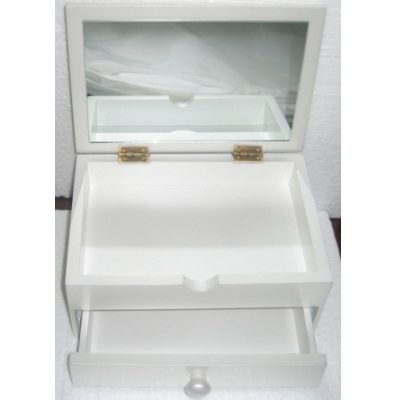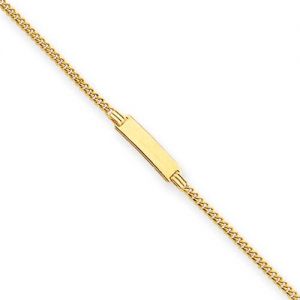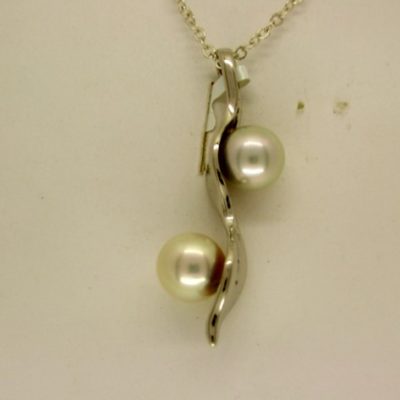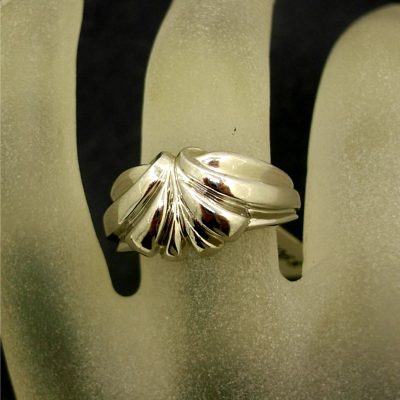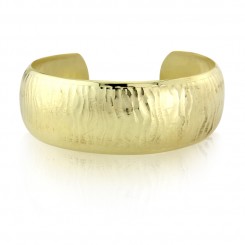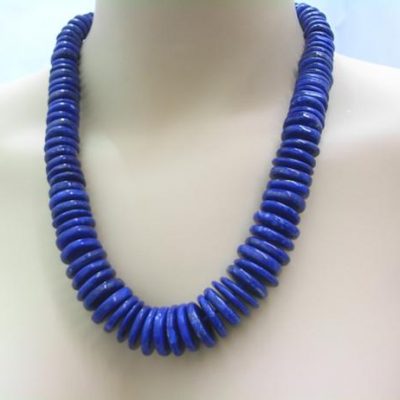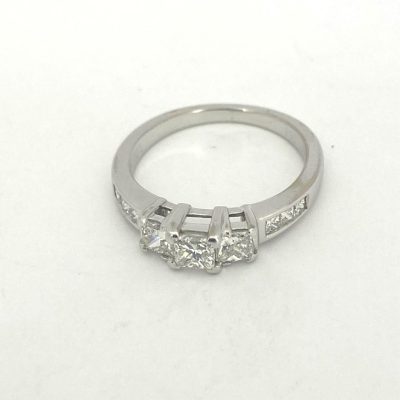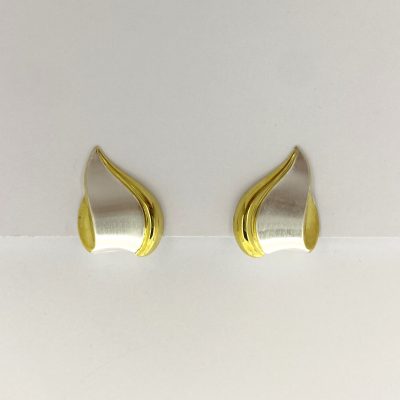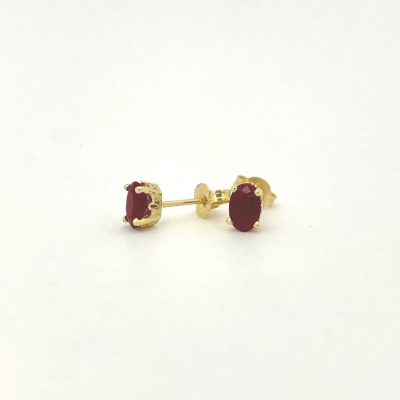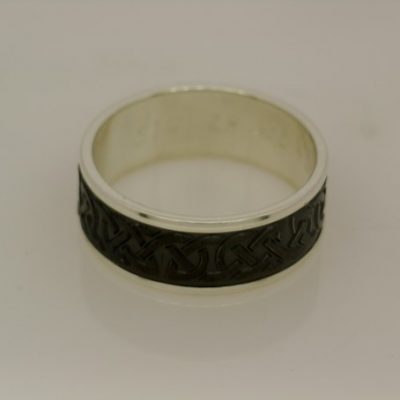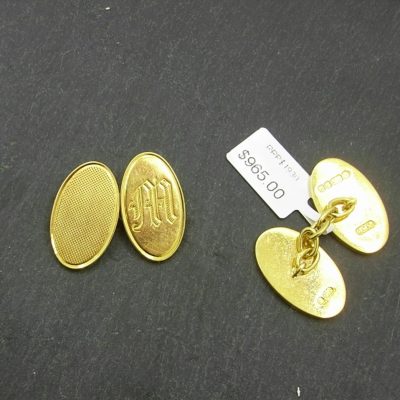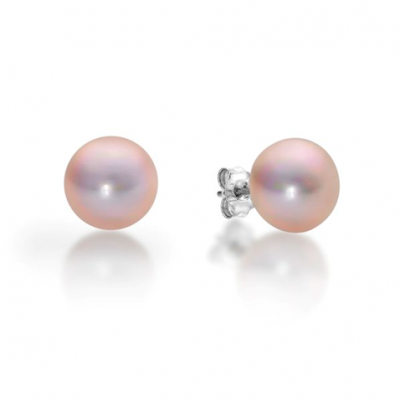Opal Australia’s National Gem
Cherished for being rare & beautiful, also Imagined to bring good fortune currently enjoying a resurgence, for us. We value, promote & showcase a range of Gold & silver, jewellery & watches, & have access to an extensive range of loose gems to suite anyone, to look at & examine before you buy instore, I started my jewellery career working with opal & I think they are great, but under appreciated, like most gemstones they have issues that must be considered when used for jewellery, such as the type of opal, design, function & Use.
Delight in the beautiful play of colours captured in an array of captivating designs To view our collection of opal items click here
Learn About Opals
Ninety-five percent of the world’s precious opal comes from Australia, where unique geological conditions allowed the formation of this rare gemstone. Most light opal is found in South Australia, black opal in New South Wales – especially Lightning Ridge, and boulder opal in Queensland.
Opal is Unique
In one precious opal you may see all the colours of the rainbow. As early as the 1st century A.D. the Roman Pliny wrote:
“For in them you shall see the living fire of ruby, the glorious purple of the amethyst, the sea-green of the emerald, all glittering together in an incredible mixture of light.”
No other gemstone can display all the colours of the spectrum in such an infinite variety of shades, patterns and brilliance. No two are identical; for this reason the proud owner can delight in the fact that their gem is unique.
Colours & Patterns
An Opal’s beauty is unique and made from the amazing play of spectral colours unique to this gemstone.
This originates from the breaking up of white light due to the three dimensional spherical shaped microstructure of the silica particles inherent in the opal ( these can only be detected with an electron microscope).
Similar phenomena of colour hues can be observed when oil lies on water or the play of light giving rise to a rainbow.
The value of an opal is determined by the type of opal, the predominant colours it exhibits, the clarity or brilliance of these colours and the patterns in which the colours are arrayed. Good patterns of the diffracted colours have an enormous impact on the value of the opal. Pinfire and small type patterns are more common, and thus less expensive than broad patterns or large flashes. Distinct patterns such as rolling flash, straw pattern, Chinese writing, ribbon, and especially harlequin,are very rare and considered collectors’ items.
Types of Opal
Natural Opal
Natural opals are those which have not been treated or added to in any way by mankind, other than by cutting and polishing. Natural opals are usually described as light, dark/black, boulder,and matrix. Although boulder opal has an ironstone backing, it is regarded as a solid natural opal because this backing occurs naturally. The variety of natural opal is determined by the two characteristics of body tone and transparency.
Body Tone – The base tones of light, dark and black opal range from colourless, white, through the various shades of grey, to black.
Transparency – Opal of any body colour will be opaque, translucent or transparent. When it is transparent or very translucent, and the colour clarity is sharp, it is often referred to as crystal opal.
Black/Dark Opal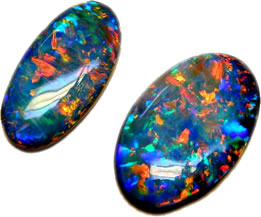
Black Opal is the most valued of Opals and comes mainly from Lightning Ridge.
High quality stones are very rare. Easily distinguished by the blackness of the background “body tone” or body colour.
Black/dark opal shows a play of colour within or on a dark body tone, while the play of colour of a black opal is within or on a black body tone, when viewed from the face up. It can be crystal or opaque.
Some black/dark opals have a light crystal colour bar on dark opal potch (colourless opal), giving the otherwise light opal a dark appearance.
Even expensive black/dark opals may have only a very thin colour bar on black potch.
Most black/dark opal is found in the mines around Lightning Ridge, NSW.
Because of its relative scarcity compared to light and even boulder opal, it tends to be more expensive, given equivalent colours, clarity and patterns.
Black/dark opal exhibiting bright flashes of red is extremely rare.
Light/White Opal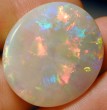
Natural opals with a base tone ranging from colourless to medium grey are called light opal. Some people refer to these as “white” although this expression should only be used where the body colour is very milky.
Light opal makes up the bulk of precious opal. White Opal may be transparent through to nearly opaque, although it usually has a “milky” appearance and has a light body tone or white body colour.
Mainly mined at Coober Pedy and Mintabee, (South Australia) although the first deposits were found at White Cliffs (NSW).
Boulder opal
Boulder is a variety of precious opal that has the host rock forming naturally as part of the gem. Often just a thin 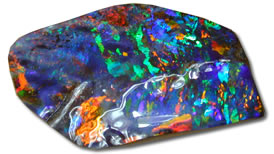 vein of precious opal is present. It mainly occurs in specific locations over a wide area of Western Queensland. Boulder opal occurs as in-fillings of cracks or voids usually in ironstone boulders. Boulder opal can be black or light depending on the appearance of the stone when viewed from the surface.
vein of precious opal is present. It mainly occurs in specific locations over a wide area of Western Queensland. Boulder opal occurs as in-fillings of cracks or voids usually in ironstone boulders. Boulder opal can be black or light depending on the appearance of the stone when viewed from the surface.
The popularity of this type has soared since the mid 1970s. Boulder opals are invariably cut incorporating the host brown ironstone; they are in high demand and can be extremely valuable. A variety of boulder opal also occurs in Andamooka , South Australia , where the host rock is quartzite. These are called “painted ladies”, but are normally only suitable as specimens.
Matrix Opal
The term matrix opal is commonly used where the opal is intimately diffused as infillings of pores or holes between grains of the host rock in which it was formed. Boulder matrix opal is found in Queensland and can be distinguished by the ironstone host rock.
Andamooka matrix opal is a porous material from Andamooka, South Australia, which is often treated to enhance the colour by depositing black carbon by chemical treatment in the pore spaces in the stone.
Composite Natural Opal (DOUBLETS/TRIPLETS)
Triplets and doublets are a combination of natural opals and artificial veneers.
TRIPLET OPAL
A triplet opal is a thin veneer of precious light opal bonded to a black backing with a protective crystal dome glued to the top.
DOUBLET OPAL
A doublet opal is a layer of precious light opal bonded to a black backing, simulating black opal. Doublets are usually more expensive than triplets because more opal is used.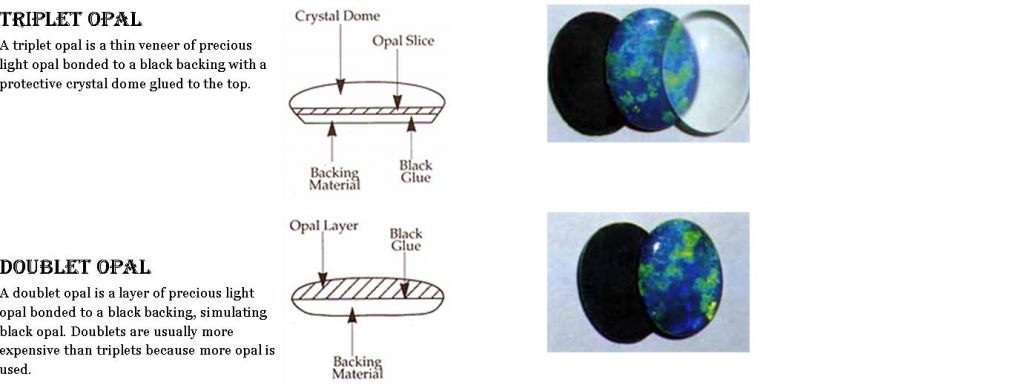
The Australian Opal Fields
The major outcrops of opal in Australia occur along the shoreline of what was once The Great Inland Sea. The new Australian discoveries created great world interest in opal. Pioneers like Tullie Wollaston and E.F. Murphy helped develop these fields by marketing opal internationally and inspiring many to try their luck at mining. Miners worked and died in the harsh outback in the hope of making their fortune.
The important mining areas in Australian opal production over the last century have been White Cliffs, The Queensland Fields, Lightning Ridge, Grewin & Glengarry, Coober Pedy, Andamooka, Mintabie and Lambina.
White Cliffs
Commercial mining commenced in the late 1880’s at the White Cliffs Field in New South Wales. The opal mined here excited the world and the town soon developed, by the 1920’s had a population of more than 3,000. White Cliffs produced fine quality seam material in such volumes the world had not previously seen. Sadly, the main run was worked out by 1930 and the field all but died out.
Queensland fields
The Queensland fields are spread across 1,000km and produce almost all the world ‘s supply of boulder opal. This opal is produced from scattered locations in the vicinity of Yowah, Eromanga, Quilpie, Jundah, Opalton and Winton.
Almost all the opal is won by open cutting. Large and small ironstone boulders are split in the search for that illusive opal vein.
Lightning Ridge
This field was discovered in 1905 by kangaroo shooters. The ‘Ridge produces almost all of Australia’s sensational black opals and today despite recent decline in production it is still the largest producer of opal by value. In the late 1980’s the Corcoran field 30 km to the west of the township produced stunning black opal in great quantities. The population soared to over 8,000 people. At this time opal sold for record prices sometimes at more per carat than good quality diamond. There is not enough quality opal to satisfy world demand, and interestingly, supply increases lead to higher prices, as fine quality opals become easier to procure which fuels excitement from non-traditional buyers. Lightning Ridge opal is typically found as nodules or “nobbies”. Grawin & Glengarry, Outlying fields include The Grawin, Glengarry, Sheep Yards, and Mulga Rush, which predominantly produce dark and black opal seam opal.
Andamooka
Andamooka is in the harsh desert and located near the edge of Lake Eyre. It was discovered in 1935 and is famous for producing brilliant crystal seam opal. It reached its peak in the 1960’s when the population reached 3,000. Unfortunately this field is worked out with very little commercial production since the 1970’s. Today much of Andamooka’s population is employed at the nearby uranium mines of Roxby Downs.
Coober Pedy
The bulk of the Worlds’ light seam opal was mined at Coober Pedy. Mining extended over an area 50 kilometres long, running approximately north south. It was here that Andrew Cody’s opal affair commenced: as a 12-year old school boy on a school excursion. In 1964 opal miners found it difficult to sell lower grades and often threw the opal away in disgust. Walking down Coober Pedy’s main Street he filled his pockets with this opal, took them back to Melbourne and made a tidy sum!
The town reached its peak in the 1970’s when enormous quantities of opal were being produced and world demand was high. Illegal gambling joints were prolific-some with dozens of tables and thousands of dollars changing hands. This dusty hot outback town is home to over 4,000 people representing more than 50 Nations. Unbearable summer temperatures have resulted in most living underground in “dugouts”. In 2002 Coober Pedy’s production has fallen to 25% of its heyday.
Mintabie
The fortunes of Mintabie came and went within a decade. In 1978 a group from Coober Pedy found nice quality black opal. Within a few years the population grew to 1500. Large powerful equipment was needed to rip the hard sandstone. More than 75 large bulldozers and many scrapers, excavators, etc quickly mined out this very rich outcrop. Mintabie produced fine quality light and black seam opal. This material was extremely hard, some able to scratch agate! Today there is only very limited mining activity.
Lambina
This field has steadily grown when a scheme of arrangement was agreed with the Farming Landholder. In 2002 this is perhaps the only shinning light in the South Australian opal fields with over 300 miners working with bulldozers and excavators. The material is typically light and dark seam opal. Most of the original material was incorrectly termed “alluvial” as it appeared to be in disjointed chunks coated with dirt on all sides rather than the usual seam, which is coated top and bottom. This rough was usually found comparatively shallow levels.
Formation and History
Across the world precious opal occurs in very few locations because it required a very special series of geological, climate and possibly biological phenomena to coincide for opal to form. These special criteria occurred in what is now the great desert regions of central Australia, which produce 95% of the world’s precious opal.
During the Cretaceous period (65-140 million years ago) this area was an Inland Sea. Fine marine sands rich in silica were deposited around the shoreline. The great Artesian Basin formed when the sea receded. During the mid-Tertiary period around 30 million years ago, deep weathering caused changes to the sediments releasing large quantities of soluble silica. This solution traveled along faults and joints in the ground infilling cracks and voids. The gel eventually hardened to form common opal, and in rare circumstances it formed precious opal. It was estimated that it takes 5 million years for an opal to form one centimeter thick!
On occasion, fossil bones and shells from the early Cretaceous period (120 million years) have been replaced with opal, and in rare circumstances, with quite brilliant colors. These make magnificent showpieces and are sought after by collectors and museums.
The major commercial outcrops in Australia are Lightning Ridge, Coober Pedy, Mintabie and the Queensland fields. Opal also occurs in Mexico, Brazil, Honduras, Indonesia and western United States of America.
Opal – the most valued of all gems
Opal derived its name from “Opalus” which meant “to see a change in colour”. Onomacritus, an ancient Greek poet wrote “the delicate colour and tenderness of the opal reminded him of a loving and beautiful child”. However, it was the Romans who popularised them over two thousand years ago. Opals from this era are thought to have come from Cernowitz, a mountainous region in what was at that time Hungary , but now Slovakia . However early Romans believed the source was India , an incorrect belief promoted by traders in order to protect their interests.
Pliny the Elder wrote the first Natural History of the World in the first century AD. In this most important publication he wrote that Opal was the most highly prized and valuable of all gemstones in the Empire. Pliny wrote that price was set “according to the decree generally set down and pronounced by our nice and costly dames”!
Pliny’s admiration for opal is encapsulated in the following text:
“For in them you shall see the living fire of ruby, the glorious purple of the amethyst, the sea-green of the emerald, all glittering together in an incredible mixture of light”. (Pliny Ist Century AD)
Famous People and Opal
Mark Antony loved opal. Pliny wrote that Antony coveted an opal owned by Senator Nonius and banished the Senator after he refused to sell the almond sized stone, reputed to be worth 20,000 sesterces (hundreds of thousands of dollars today). The Senator preferred to be “turned out of house and home” than part with his opal. According to Kozminsky * the ring was discovered in the tomb of the “firm willed Senator” early in the twentieth century.
Opal has been used in the crowns of kings; the crown jewels of France included fine specimens of opal, and the crown of the Holy Roman Emperor contained an opal stone.
Napoleon & Josephine Queen Victoria
Napoleon presented his Empress Josephine with the “Burning of Troy”, a magnificent opal with brilliant red flashes.
Queen Victoria became a lover of opal and wore opals throughout her reign. Her friends and her five daughters were presented with fine opals. Opal became highly sought after because the Royal Court of Britain was regarded as the model for fashion around the world and fine quality opal had recently been discovered in far-off Australia .
Australia ‘s vibrant opal industry began with pioneering opal miners who worked (and sometimes died) in the remote Australian outback.
Tullie Cornthwaite Wollaston, born in South Australia in 1863, braved life-threatening conditions to acquire opal from early miners in remote, desolate areas. It was Tullie Wollaston who introduced Australian opal to the rest of the world. He is considered the father of the opal industry.
An epic desert journey
While working in Adelaide, Wollaston developed an interest in gemstones. In November 1888, hearing of a new opal find, Wollaston and two companions – Herbert Butterfield and an Aboriginal boy named Tomtit – left Adelaide on an 1100 km trek for southwestern Queensland .
After completing part of the journey by rail, the men travelled on by camel across the South Australian desert. They endured searing temperatures, suffered heat stroke, and drank from a fouled water hole putrid with dead and dying animals.
During the hottest summer on record, they walked across rough country to spare their weak, sore-footed camels. When water supplies became dangerously low, Wollaston followed some small birds to a waterhole.
On the last day of their journey the travellers were advised to follow a set of horse tracks in order to find Joe Bridle’s Stony Creek opal mine. The tracks went around in circles and they became hopelessly lost. For 17 hours they followed those tracks until finally reaching their destination. They had followed the trail of Joe’s mate who had been drunk and bushed for 24 hours!
After buying opal from local prospectors, Wollaston headed back to Adelaide , leaving Butterfield to take care of their new mining ventures. The next day, Butterfield went out to round up the camels. After walking several kilometres in the heat he collapsed and died.
Taking Australian opal to the world
In 1889, Wollaston set sail for England with a parcel of Queensland opal.
London gem merchants were unaccustomed to the brilliant Queensland gems and refused to purchase them. Wollaston persisted until the firm Hasluck Bros, of Hatton Garden , agreed to trial the stones in Europe and America . Before long Australian Opal had been introduced to famous jewellery houses that began to feature opal in their designs, these included Tiffany, Lalique, and Cartier. Wollaston established many markets for Australian opal. He died in 1931, a wealthy man.
Australia now produces around 95 per cent of the world’s opal supply. Australian opal is prized the world over, thanks to the pioneering efforts of Tullie Wollaston.
Opals are Lucky
All the evidence demonstrates that throughout history opal has been regarded as the stone of good fortune.
Late in the nineteenth and early in the twentieth century however, possibly for commercial reasons there was a proliferation of damaging reports that opal was an unlucky stone. These were based upon a misinterpretation: –
There can be little doubt that much of the modern superstition regarding the supposed unlucky quality of the opal owes its origin to a careless reading of Sir Walter Scott’s novel ‘Anne of Geierstein’.
“The wonderful tale…contains nothing to indicate that Scott really meant to represent opal as unlucky.”
(The Curios Lore of Precious Stones, by George F. Kunz)
Isidore Kozminsky in the1922 edition of his book “the Magic and Science of Jewels and Stones” states that:
“Perhaps against no other gem has the bigotry of superstitious ignorance so prevailed as against the wonderful opal.”
He also cites several historical references to the talismanic qualities of opal including the following story.
A French baron, who resided in London , owned an opal that had been in the family since the twelfth century. In 1908 he took the opal to the London Pavilion where a soothsayer told him that the opal would bring him good fortune and that he was about to inherit £500,000! The London newspaper “Evening News “ reported that within a few days the soothsayers’ prediction had come true, it also stated that the ancient opal had a feint inscription in old Spanish, which translated to the words “Good Luck”.
In Roman times the gem was carried as a good luck charm or talisman, as it was believed that the gem, like the rainbow, brought its owner good fortune. It was also referred to as the “Cupid stone” because it suggested the clear complexion of the god of love.
In the 7 th century it was believed that opals possessed magical properties and centuries later Shakespeare was attributed with the description of opal as “that miracle and queen of gems”.
The Arabs believed that they fell from the sky and the Orientals referred to them as “the anchor of hope”. Lucky opal – the stone of hope, the birthstone of October.
Looking After your Opal
Although Opals are a magnificent and unique gem, they do not have the same resistance to breaking or scratching as diamonds or sapphires.
If you protect your stone from heavy blows, abrasive materials, and don’t subject it to extreme sudden heat changes, your opal should last forever.
If you have an opal doublet or triplet, never immerse it in detergent ( and preferably not even water ) as this may break down the adhesive quality of the glass.
Treat your precious opals with care as you would any fine jewellery. Solid opals do not require any special conditions to maintain their beauty indefinitely.
However, you should avoid immersing opal doublets and triplets in water, as the glue holding the layers together could be dissolved. A bit of rain won’t hurt, but it is best to remove a doublet or triplet ring before putting your hands into sudsy dishwater.
If you wear your opals daily, they could lose some of their polish over a long period of time. In just a few minutes an experienced jeweller can simply re-polish the surface to bring back your opal’s original brilliance and shine. Solid opal jewellery (but not doublets/triplets) can also be cleaned in a jeweller’s ultrasonic cleaner.”
To view our collection of opal items click here


